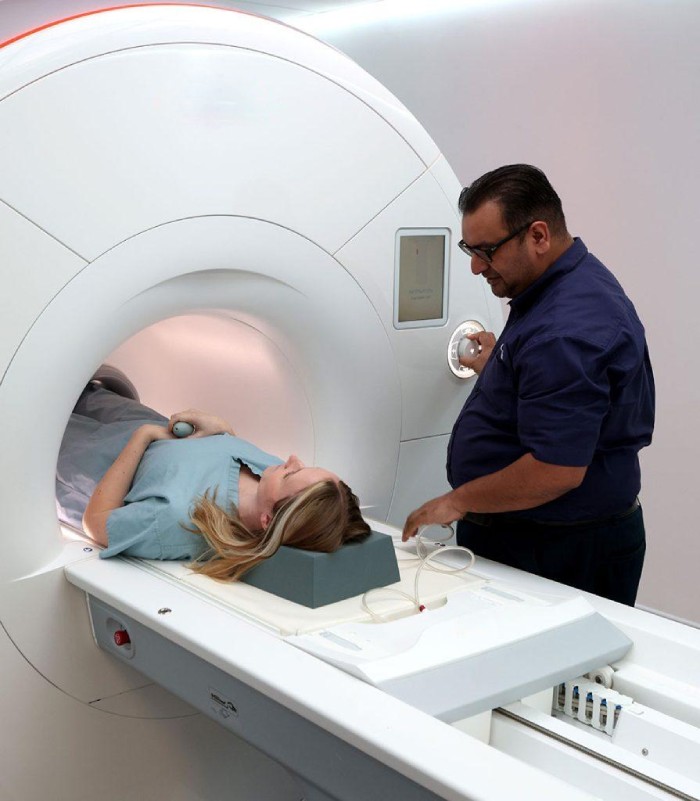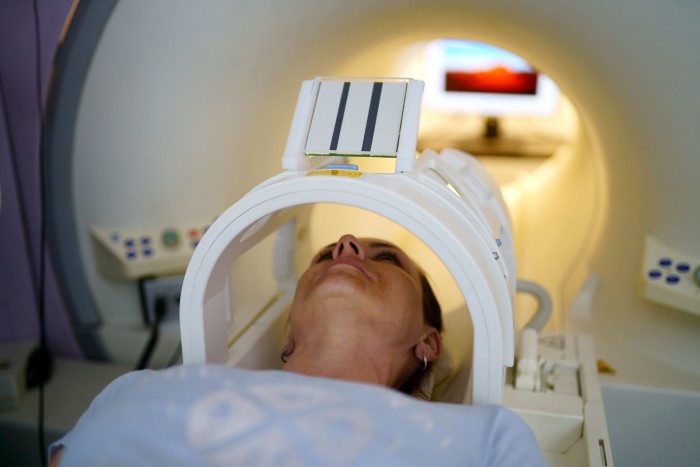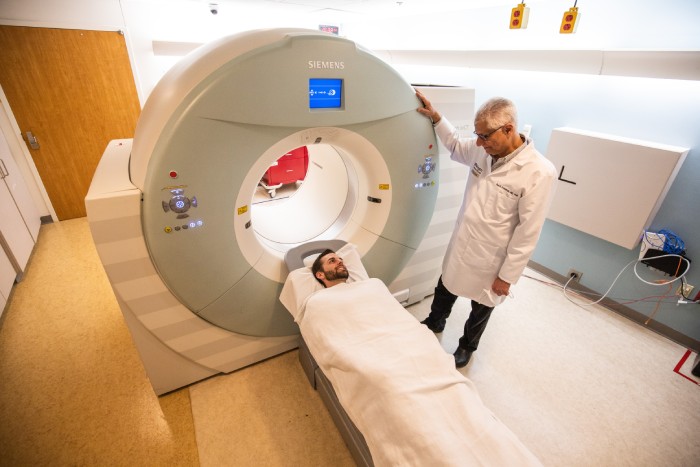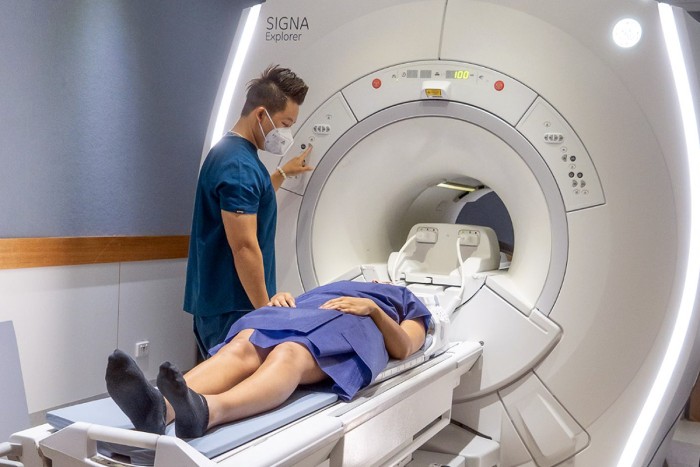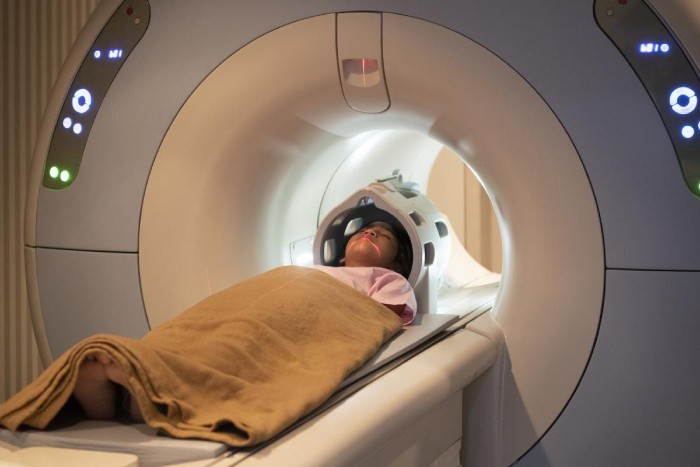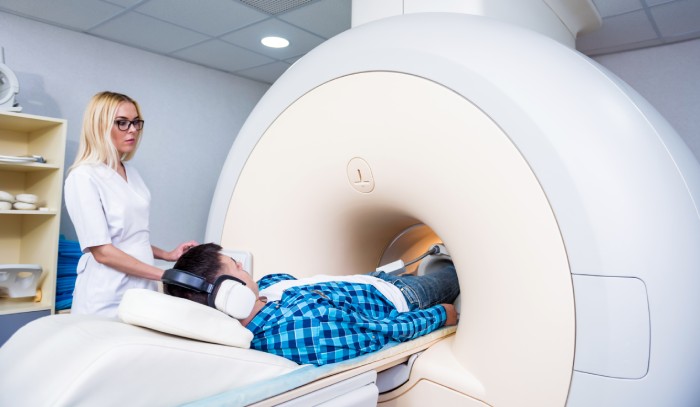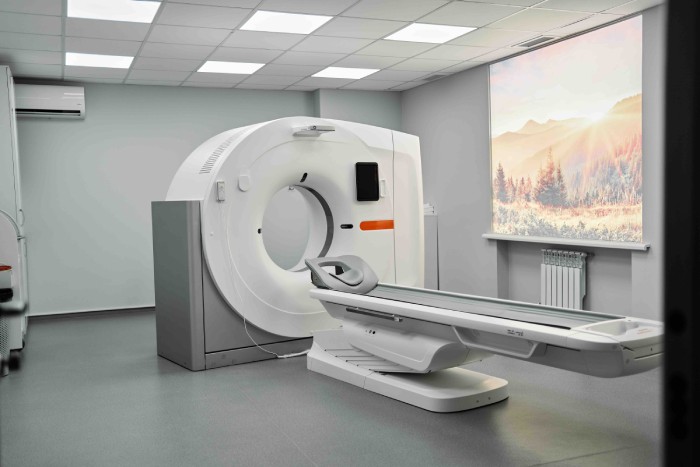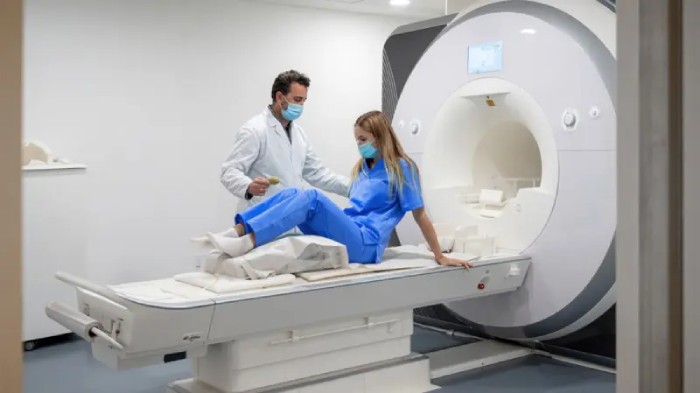Retrograde Urethrogram (RGU)
A retrograde urethrogram is a medical imaging procedure used to evaluate the urethra, the tube that carries urine from the bladder to the outside of the body. This procedure is typically performed to diagnose and assess various urethral conditions, such as urethral strictures, injuries, or abnormalities.
Here is an overview of the retrograde urethrogram procedure:
1. Preparation:
Before the procedure, patients may be asked to fast for a few hours, especially if sedation or anesthesia is necessary. They might also be asked to empty their bladder to prepare for the imaging.
2. Procedure:
The patient is positioned on an X-ray table, and a catheter (a thin, flexible tube) is gently inserted into the urethra. A special contrast dye, visible on X-ray images, is then injected through the catheter into the urethra. The contrast dye helps highlight the urethra and urinary bladder on X-ray images.
3. X-ray Imaging:
As the contrast dye is injected, X-ray images are taken in different positions to capture a detailed view of the urethra. The images show the flow of the contrast dye through the urethra, allowing the radiologist to identify any abnormalities, such as strictures, blockages, or injuries.
4. Post-Procedure:
After the imaging is complete, the catheter is removed, and the patient is monitored for any immediate complications. Patients might experience some discomfort or mild pain after the procedure, but this usually subsides within a short time.
5. Results:
The X-ray images are interpreted by a radiologist, who provides a report to the referring physician. The results help in diagnosing urethral conditions and planning appropriate treatment, such as urethral dilation, stent placement, or surgery.
Common Uses:
- Urethral Strictures: Narrowing of the urethra, often due to scar tissue, inflammation, or injury.
- Urethral Injuries: Trauma or damage to the urethra, which can occur due to accidents or medical procedures.
- Urethral Abnormalities: Congenital or acquired abnormalities in the structure of the urethra.
- Evaluation of Urinary Incontinence: To assess the cause of urinary incontinence, especially in men.
Risks and Considerations:
Retrograde urethrography is generally considered a safe procedure. However, there are some risks, including infection, bleeding, or allergic reactions to the contrast dye. Patients should inform their healthcare providers about any allergies or existing medical conditions before the procedure.
It’s essential for patients to discuss the procedure, its risks, and benefits thoroughly with their healthcare provider or radiologist to ensure they are well-informed and comfortable with the process.
